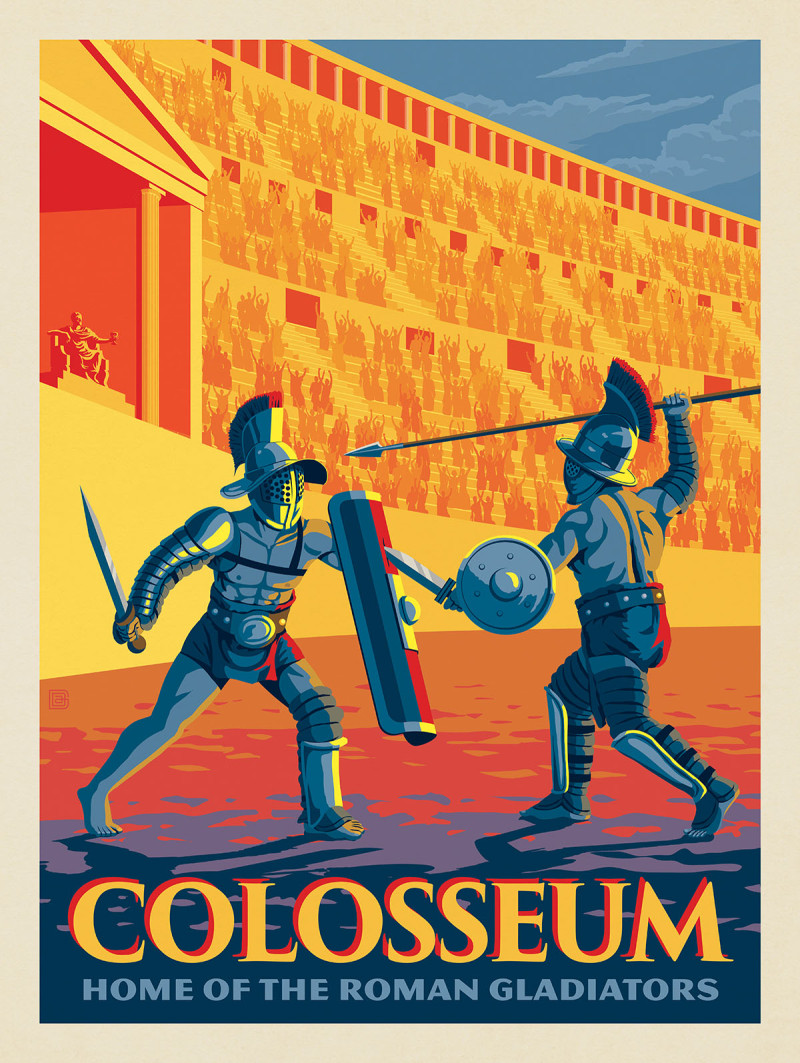The Colosseum: Home Of The Roman Gladiators By Aaron Johnson, Joel Anderson, 2025
-
 The Colosseum: Home Of The Roman Gladiators
The Colosseum: Home Of The Roman Gladiators
The Colosseum is an elliptical amphitheater in the centre of the city of Rome, Italy, just east of the Roman Forum. It is the largest ancient amphitheater ever built, and is still the largest standing amphitheater in the world, despite its age. Construction began under the Emperor Vespasian (r. 69–79 AD) in 72 and was completed in AD 80 under his successor and heir, Titus (r. 79–81). Further modifications were made during the reign of Domitian (r. 81–96). The three emperors who were patrons of the work are known as the Flavian dynasty, and the amphitheater was named the Flavian Amphitheater by later classicists and archaeologists for its association with their family name (Flavius). The Colosseum is built of travertine limestone, tuff (volcanic rock), and brick-faced concrete. It could hold an estimated 50,000 to 80,000 spectators at various points in its history, having an average audience of some 65,000; it was used for gladiatorial contests and public spectacles including animal hunts, executions, re-enactments of famous battles, dramas based on Roman mythology, and briefly mock sea battles. The building ceased to be used for entertainment in the early medieval era. Inspired by the epic history of the Colosseum, the artists of Anderson Design Group have created a Fantasy Travel Poster depicting the structure as it may have appeared in its prime. This original hand-illustrated print will make a great gift for any history, fantasy, warrior, or travel buff. This inspiring design will make an epic accent as a poster, canvas, metal sign, postcard, or note card.






